محصولات ویژه
© کپی رایت 2025 | کلیه حقوق مادی و معنوی متعلق به بتنو می باشد
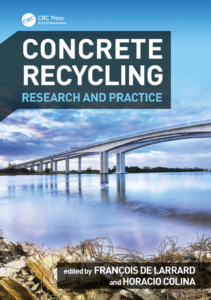
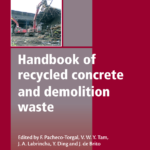 Handbook of recycled concrete and demolition waste_ کتاب راهنمای بتن بازیافتی و ضایعات تخریب
Handbook of recycled concrete and demolition waste_ کتاب راهنمای بتن بازیافتی و ضایعات تخریب
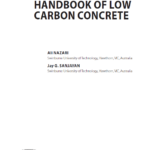 HANDBOOK OF LOW CARBON CONCRETE_ راهنمای بتن کم کربن
HANDBOOK OF LOW CARBON CONCRETE_ راهنمای بتن کم کربن
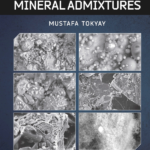 CEMENT and CONCRETE MINERAL ADMIXTURES_ مواد افزودنی معدنی برای سیمان و بتن
CEMENT and CONCRETE MINERAL ADMIXTURES_ مواد افزودنی معدنی برای سیمان و بتن
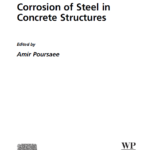 Corrosion of Steel in Concrete Structures_خوردگی فولاد در سازه های بتنی
Corrosion of Steel in Concrete Structures_خوردگی فولاد در سازه های بتنی
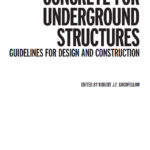 CONCRETE FOR UNDERGROUND STRUCTURES_بتن سازه های زیرزمینی
CONCRETE FOR UNDERGROUND STRUCTURES_بتن سازه های زیرزمینی
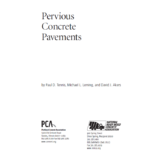 Pervious Concrete Pavements_ رویه های بتنی
Pervious Concrete Pavements_ رویه های بتنی
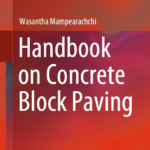 Handbook on Concrete Block Paving – کتاب کفپوش های بتنی
Handbook on Concrete Block Paving – کتاب کفپوش های بتنی
 Alkali-Aggregate Reaction in Concrete: A World Review_کتاب واکنش قلیایی سنگدانه در بتن: یک مرور در اطلس جهان
Alkali-Aggregate Reaction in Concrete: A World Review_کتاب واکنش قلیایی سنگدانه در بتن: یک مرور در اطلس جهان
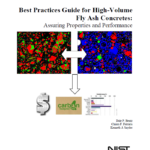 Best Practices Guide for High-Volume_راهنمای بهترین روش ها برای حجم بالا
Best Practices Guide for High-Volume_راهنمای بهترین روش ها برای حجم بالا
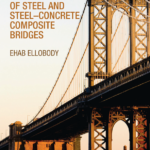 FINITE ELEMENT ANALYSIS AND DESIGN OF STEEL AND STEEL–CONCRETE COMPOSITE BRIDGE_المان محدود تجزیه و تحلیل و طراحی از فولاد
FINITE ELEMENT ANALYSIS AND DESIGN OF STEEL AND STEEL–CONCRETE COMPOSITE BRIDGE_المان محدود تجزیه و تحلیل و طراحی از فولاد
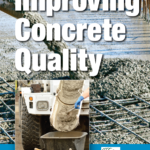 Improving Concrete Quality_بهبود کیفیت بتن
Improving Concrete Quality_بهبود کیفیت بتن
 Advanced Polymer Concretes and Compounds_بتن های پلیمری پیشرفته و اجزای آن
Advanced Polymer Concretes and Compounds_بتن های پلیمری پیشرفته و اجزای آن